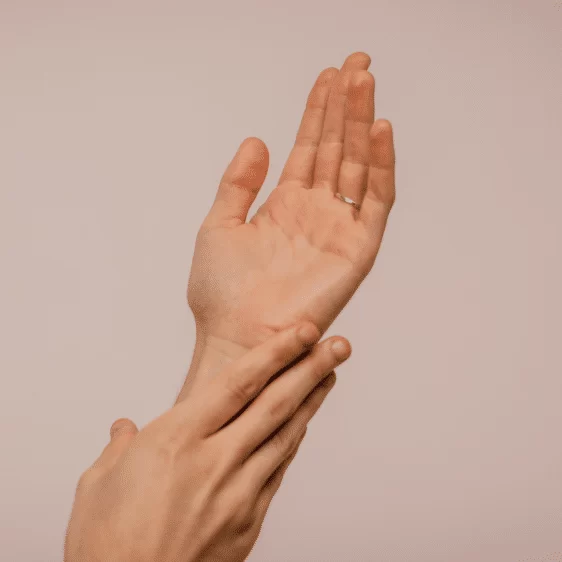WHAT TO EXPECT IN SESSIONS
Whilst each session differs on a case-by-case basis, the session involves gentle palpations and hand placements. The client is fully clothed and supine. To ensure that we do not just provide temporary symptomatic relief, we will be working with the body as a whole. The body will continue to self-correct and make subtle adjustments after the session.
Restrictions In The Spinal Meninges
Cerebrospinal fluid passes between these meninges, serving as a cushioning between the hard matter (such as the skull bones) and the soft matter (such as the brain). It prevents the soft tissues of the brain from being in direct contact against the skull, which would be quite painful. Using the skull as an example, this acts as a shock-absorber to any physical trauma (e.g. a concussion) on the head, protecting the brain and the central nervous system to some extent. Restrictions in the meninges would interrupt the flow of cerebrospinal fluid in that particular region, affecting the efficacy of its function as a shock-absorber during a fall.
Restrictions in the meninges could affect and also be caused by (but not limited to) poor functioning of the: nervous, musculoskeletal, vascular, lymphatic, respiratory, and endocrine system.
Everything Is Connected
The body is more interlinked than we understand. The skull has a couple of openings, called foramens, for cranial nerves (such as the trigeminal nerve and vagus nerve) and blood vessels to pass through. Any restriction in the coronal sutures and cranial bones have a potential to cause a restriction on the affected nerves and blood vessels, which could cause symptomatic problems.
For example, psycho-emotional experiences such as a lack of will, drive, despondent attitudes, depressive tendencies, cold sweat, digestive or circulatory issues such as nausea, acid reflux, low blood pressure could be indications that the vagus nerve is not functioning optimally. Restrictions in the trigeminal nerve are usually the biggest culprits for migraines.
Holding Space For The Body
The hand placements involved in CranioSacral Therapy sessions are in a sense, a means of holding a safe space for the body. More often than not, we are too busy to pay attention to whether our sacrum moves. It should, although it is not uncommon to have restrictions around the sacrum. CranioSacral Therapy encourages the self-correcting and healthy movement of the sacrum through intentional and a light-pressure touch.

Restrictions In The Spinal Meninges
The body is more interlinked than we understand. The skull has a couple of openings, called foramens, for cranial nerves (such as the trigeminal nerve and vagus nerve) and blood vessels to pass through. Any restriction in the coronal sutures and cranial bones have a potential to cause a restriction on the affected nerves and blood vessels, which could cause symptomatic problems.
For example, psycho-emotional experiences such as a lack of will, drive, despondent attitudes, depressive tendencies, cold sweat, digestive or circulatory issues such as nausea, acid reflux, low blood pressure could be indications that the vagus nerve is not functioning optimally. Restrictions in the trigeminal nerve are usually the biggest culprits for migraines.
Everything Is Connected
The body is more interlinked than we understand. The skull has a couple of openings, called foramens, for cranial nerves (such as the trigeminal nerve and vagus nerve) and blood vessels to pass through. Any restriction in the coronal sutures and cranial bones have a potential to cause a restriction on the affected nerves and blood vessels, which could cause symptomatic problems.
For example, psycho-emotional experiences such as a lack of will, drive, despondent attitudes, depressive tendencies, cold sweat, digestive or circulatory issues such as nausea, acid reflux, low blood pressure could be indications that the vagus nerve is not functioning optimally. Restrictions in the trigeminal nerve are usually the biggest culprits for migraines.
Holding Space For The Body
The hand placements involved in CranioSacral Therapy sessions are in a sense, a means of holding a safe space for the body. More often than not, we are too busy to pay attention to whether our sacrum moves. It should, although it is not uncommon to have restrictions around the sacrum. CranioSacral Therapy encourages the self-correcting and healthy movement of the sacrum through intentional and a light-pressure touch.

